In recent years, the number of Shopify eCommerce store mobile shoppers have been on the rise. According to statistics published on OuterBox, 62% of smartphone users have purchased using their mobile devices in the last six months. A whopping 80% of these smartphone users use their phones inside a physical store to look up reviews, better deals, and other options. Mobile usage is so much so that the average smartphone conversion rates are up by 64% compared to the average desktop conversion rates.
Moreover, today’s consumers are more likely to recommend and buy from a business that offers a better mobile experience.
Google introduced the Progressive Web App (PWA) technology in 2015 to make the experience on mobile more pleasant than a mobile-optimized website. AA PWA seliminates the hassle of searching for an app in the store and downloading it.
This technology offers the following benefits to mobile shoppers:
- A better loading experience; a PWA fills the screen with what it can immediately and then gradually loads all content
- Sends a push notification on the device even when the PWA is not open in the browser
- Offers an offline functionality to enable the use of the web app, irrespective of the internet status
- It is easily discoverable by search engines and can be shared via URL (Google drives 90% of mobile search traffic)
- Incorporates an app-shell model to provide app-style navigations and interactions
Since its inception, brands across different industries have configured their websites for adaptive PWA status.
Implementing PWA tech with great success
Starbucks (retail), Flipboard (social networking), Alibaba (eCommerce), Medium and The Financial Times (publishing), Uber, and Trivago (travel) are just some of the known brands that have launched PWA-enabled websites.
Lancome, a global luxury beauty brand, has a web app featuring a notable form submission process and subtle interaction animation to enthrall its customers.
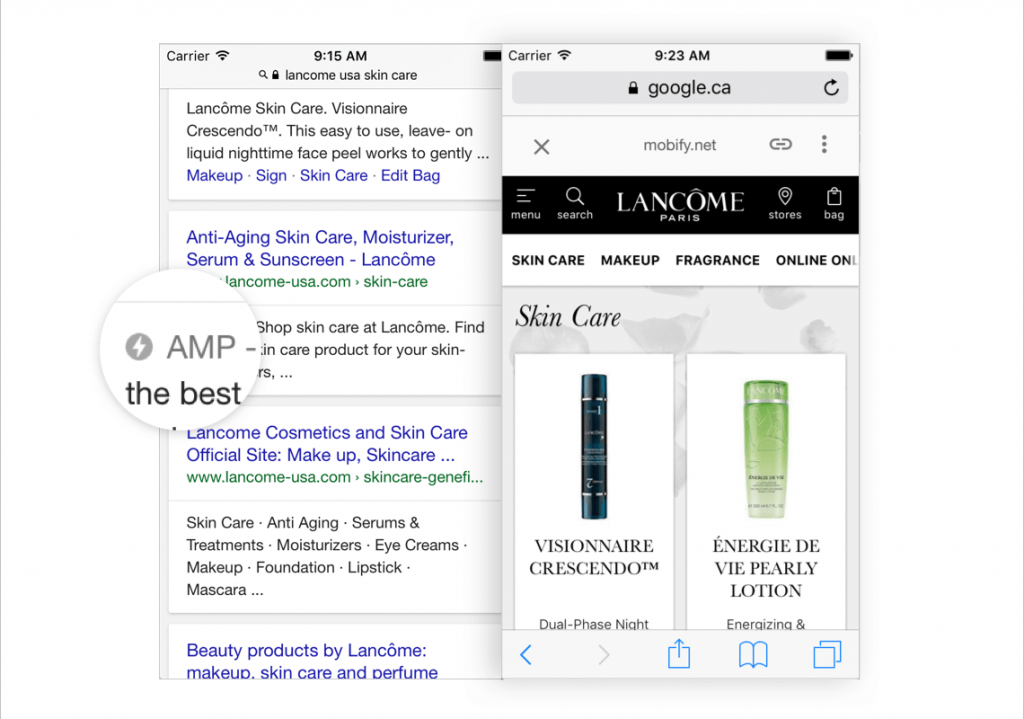
Another example is that of West Elm. The site grabs the shopper’s focus by using large product imagery and an intelligent footer to keep all the critical actions in front of them.
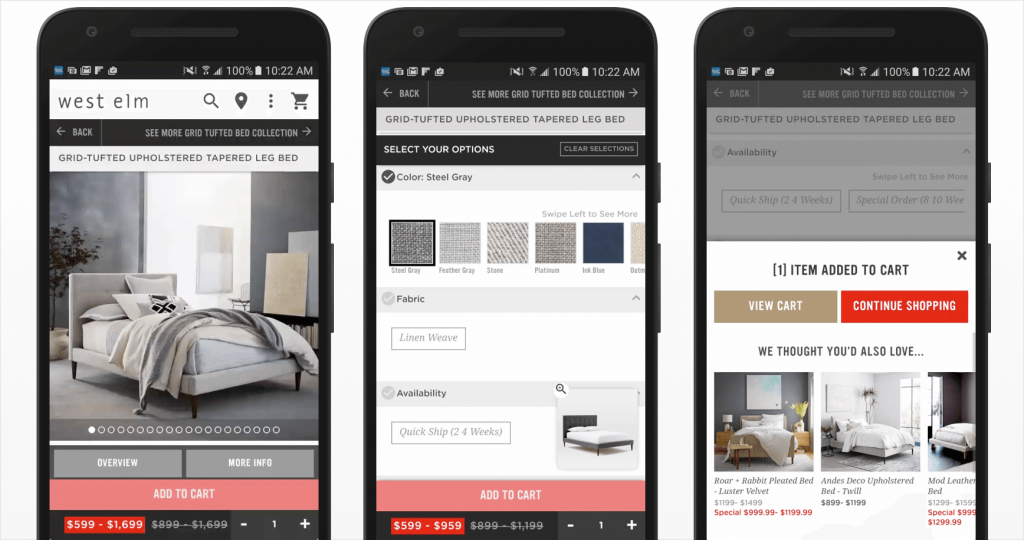
The use of progressive web apps has proven to get eCommerce stores more conversions and has vastly improved the consumer experience on the mobile web. But is it right for eCommerce stores to completely negate the existence of native apps when the competition is rising by the day and every shopper counts?
No.
Surprisingly enough, native apps are still very relevant, and each store above – no matter how big the brand- has one.
Native apps ensure higher customer engagement.
Did you know that consumers spend 86% and 14% of their time on mobile apps and sites, respectively? Even though the majority of that time is spent on social media and gaming, there is a vast scope for eCommerce brands to engage with their target marketing through a mobile app.
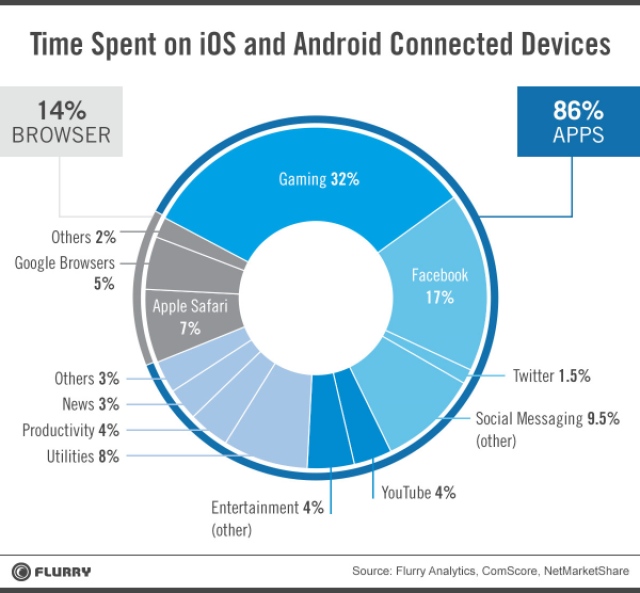
Read More: Why brands like Shein, Nike, and Zara have a mobile app.
Here’s how they can do that on the following fronts:
1) Personalization
Mobile apps allow consumers set up preferences on the app in the beginning so that they are served with customized content as they browse through. Apps can also track user engagement and use that data to make product recommendations and give updates.
2) Geo-targeting
34% of mobile users respond to unique offers based on their location. Unlike PWAs, mobile apps can identify consumers’ locations and provide them with geography-specific content. Brands such as Sephora, Mr. button, and Zomato do it.
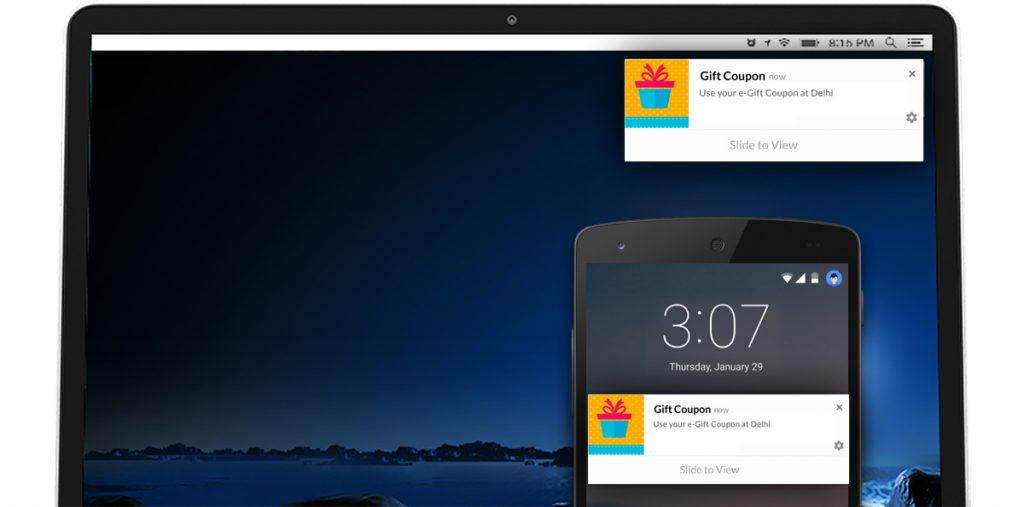
eCommerce brands can engage with their customers by sending a localized offer (such as an e-gift voucher that can be redeemed only at a physical outlet) via a mobile app push notification.
3) Smartphone features
A web app can’t access in-built features of a mobile phone such as calendars, alarms, and contact lists. It also can’t send an SMS, read voicemails or make phone calls. When used within a mobile app, device features can make the user experience more interactive and reduce the time taken to complete a task, shortening the purchase process.
For example: while completing a form in a banking app, the user can easily take a photo from the mobile phone and submit it. This can’t happen on a PWA.
4) Design
A mobile app can be designed with advanced functions such as ‘drag,’ ‘swipe,’ and ‘pinch.’ PWAs can’t integrate such gestures, resulting in limited customer engagement.
5) Branding
Since a mobile app is slightly different from the company website, there is a scope for experimenting with fresh branding. Also, users spend a lot of time on apps. Therefore they are constantly reminded of the brand associated with the app. This reaffirms the brand presence.
The biggest challenge? Creating a native app
Building a mobile app from scratch is not as easy as it seems. According to tech company NineHertz, it takes almost 18 weeks to develop and publish a standard native app – 10 weeks to build the back end and eight weeks to create the front end. That’s hard work of almost five months!
Here’s a break-down of the same in a number of hours:
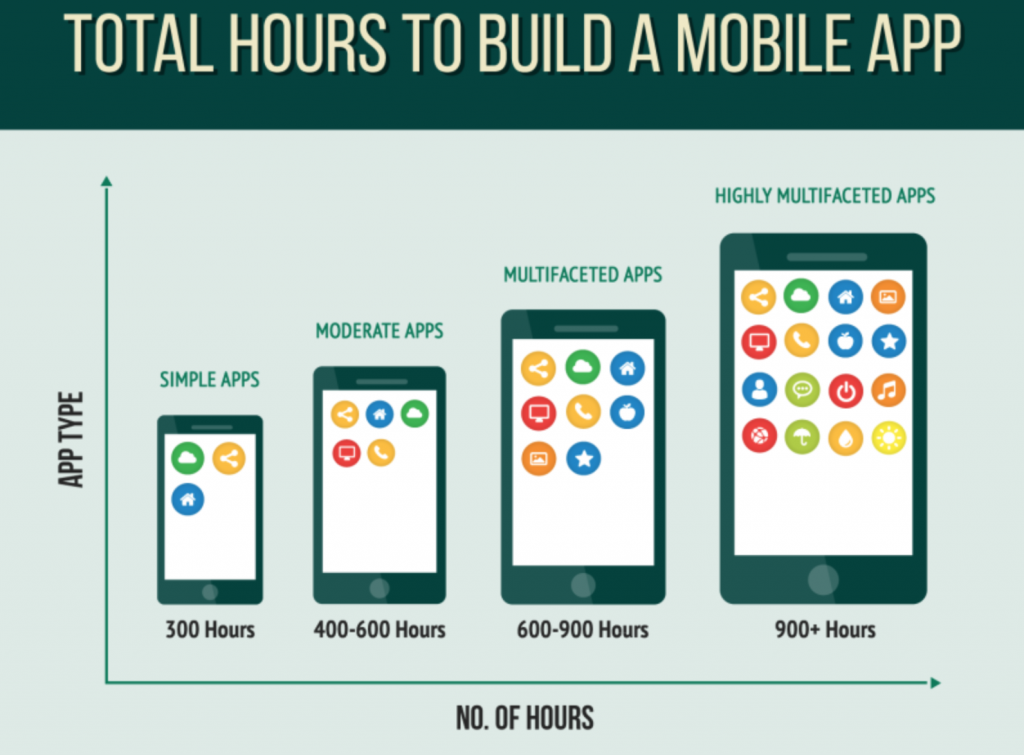
Moreover, the average charge per hour to develop a mobile app for iOS and Android in India is $30 and $26, respectively. Of course – the cost varies according to features, expertise, changes, and more. Nevertheless, mobile development is costly and time-taking. This results in half the Shopify eCommerce stores shying away from developing their mobile apps and relying on their website for all their sales.
Building a Shopify eCommerce store app can be easy
That’s right!
Just like Shopify makes it easy for you to establish your online store and take your business digital, there are Shopify Apps that enable you to create a native app almost instantly. Plobal Apps, for instance, takes just 10 minutes to develop a native app for your online store, giving it the same look and feel.
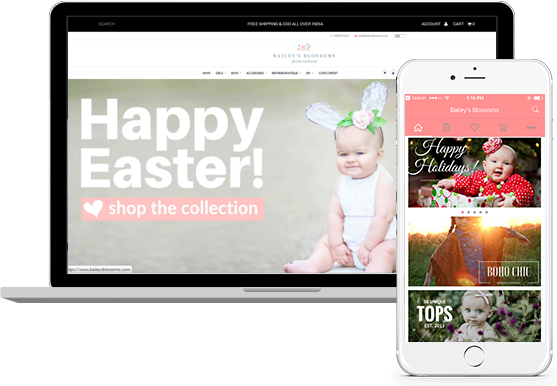
But that’s not it!
The Shopify App also helps you integrate your social profiles with the app. This enables you to reach out to your customers with contextual campaigns based on their previous purchases and, at the same time, amplifies your brand reach. Getting more smartphone users to know about your app boosts your store’s sales by introducing an optimized source of revenue based on millennials’ purchasing habits.
With many app design options, you can ensure a friendly user experience that works best for your business. Let us not forget the 24×7 support that our users vouch for!
Ready to experience the power of a native mobile app for your brand?


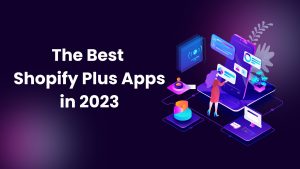

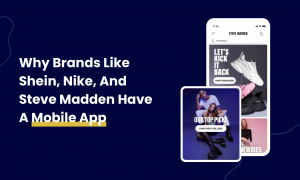
Share Your Views!